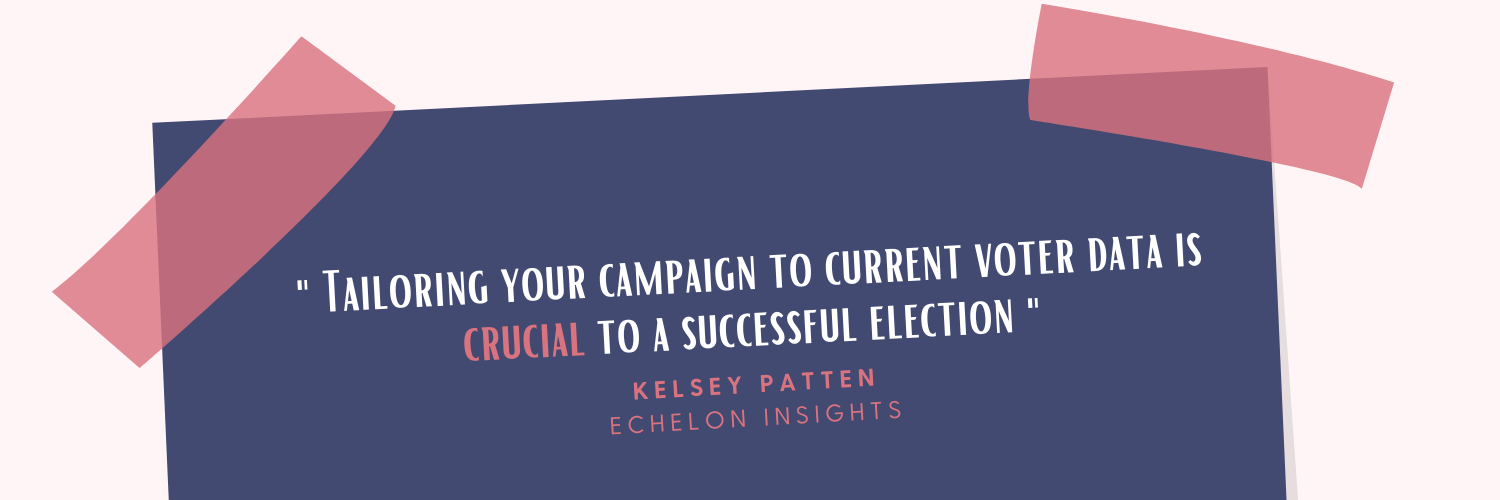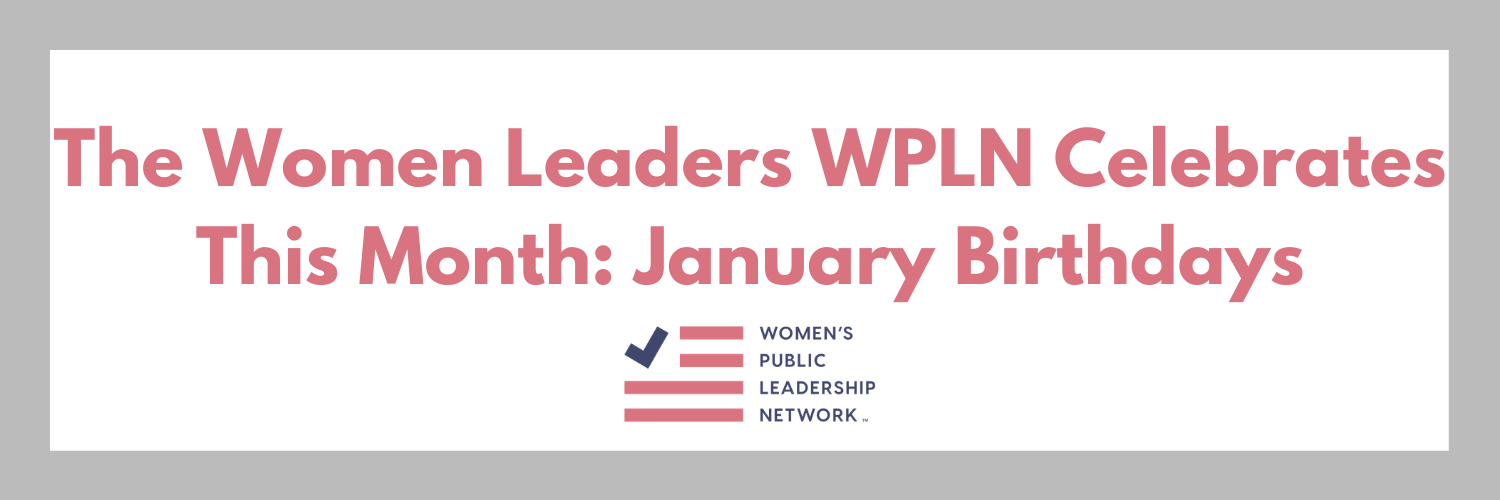Tricks of the Trade: How to Build an Absentee Ballot and Early Voting Program
Prior to the COVID-19 pandemic, absentee ballots and other forms of voting ahead of Election Day were used almost exclusively by military service members, Americans abroad, and older voters. As stay-at-home orders were implemented and CDC guidelines cautioned citizens to not leave their homes for their safety, it was clear that the 2020 election cycle would be very different.
Campaigns had to adapt their outreach tactics and tailor their voter engagement efforts long before election day. A few months before the 2020 presidential election, WPLN’s Director of Programs and Partnerships, Sarah Curran, and Echelon Insights’ Vice-President of Data and Analytics, Kelsey Patten, sat down to discuss effective ways to adjust campaigns to maximize voter participation via absentee ballots and early voting.
Patten suggests that the first step to building an AB/EV strategy is by examining state voter data to better understand how people in your specific location vote whether that be on election day by mail. In order to find this information, research who monitors elections in your state. Are they run by an election commission or a secretary of state’s office? Their respective websites will have a plethora of voter data that will include percentages about voter trends and methods. Don’t worry—understanding this data is not as difficult as it sounds! Patten advises finding a staffer who is experienced with spreadsheets who can plug in this information and categorize it by location of voter, voter history, and voter’s preferred method. This information is crucial to candidates and staffers; knowing who needs more outreach efforts is key to having a successful election. If 50% of your electorate prefers to vote early and are likely to not vote on election day, you want to push out early voting advertisements and announcements.
Building a successful program for tracking AB/EV is not limited to larger, higher profile campaigns, but is also a useful tactic for smaller campaigns. If you can’t devote an entire staff member to tracking this data, a campaign volunteer or college student looking for experience will be able to aid in understanding voter data. Any voter that you can confirm will vote and importantly, will vote for you, will make it easier to recognize which campaign tactics are working and what needs work.
By tracking your supporters and actively engaging them to use their preferred method of voting, you are ensuring they actually go out to vote. This frees up resources by allowing you to weed out those you know will vote for you in the final weeks before an election. In the most recent presidential election, ninety-nine million Americans voted early before election day. Campaigns that were aware of those that voted early could tailor outreach towards them and tailor outreach to those that intended to vote by other methods. Using a strong AB/EV strategy is reevaluating exactly what brings in more voters. Campaigning becomes easier while also allowing candidates and staff to predict their success by capitalizing on accessible voter data and trends.
Watch the entire conversation below or on our Facebook page.


